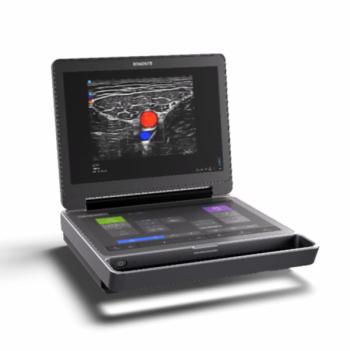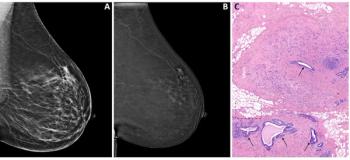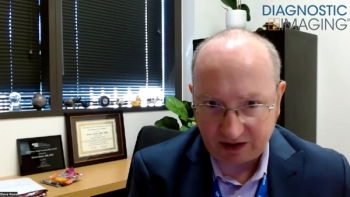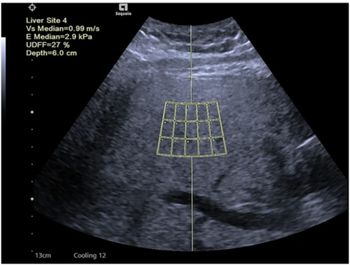
Have you hugged your clinical technology coordinator today?
The cosmic view of radiology divides the people of the world into two kinds: friends of radiology and everyone else. IT departments frequently fall in the second column. The conflict between radiology and IT has many sources based in PACS-related
The cosmic view of radiology divides the people of the world into two kinds: friends of radiology and everyone else. IT departments frequently fall in the second column.
The conflict between radiology and IT has many sources based in PACS-related questions:
?Who should control PACS?
?Should PACS purchasing decisions, workstation type and location, and software upgrade scheduling be in the hands of IT specialists?
?Or should control should be left to radiology, where PACS originated and where its clinical significance is most acutely appreciated?
One California hospital has found a compromise.
Rather than perpetuating the who controls PACS struggle, Community Hospital of the Monterey Peninsula has taken the approach of spreading support functions throughout both camps. Community met the challenge of staffing radiology computer systems and networks by using a two-pronged approach:
?promote and train clinical staff in IT functions
?transfer an experienced IT person into the radiology department
Roles and responsibilities are thus divided. Community's IT department supports the radiology department's desktop devices, PCs, printers, and standard peripherals. The DICOM print and archive network, specialized hardware (e.g., Merge DICOM interface computers), and applications fall into the area supported by radiology.
IT provides operating system support for multiuser VMS, Unix, and NT-based systems such as Sun Solaris for the DICOM archive and Windows NT for Mitra PACS Broker, the HL7/DICOM interface engine. IT also supports network communications or electronics (routers, switches), TCP/IP communications, and network traffic analysis. OS operations support for major radiology systems (backups and offsite tape storage) also depend on IT.
Radiology staff provide applications support and troubleshooting, including analyst functions for RIS. They are the first point of contact with radiology systems vendors.
Community took this route because of resource overload.
"IT is so busy with so many other projects that they just didn't have the resources," said Andrea McDonald, the IT person transferred to the radiology department to serve as clinical technology coordinator. "I'm really not a PACS administrator. Some of what I do is what PACS administrators do, but I do a whole lot more."
She performs analysis and design associated with radiology's computer systems, coordinates development of the department's strategic plan, evaluates vendor proposals, and assists the department with product and application selection.
McDonald's IT experience helps shield Community from political fallout, and her growing knowledge of radiology's clinical tasks provides a bridge over common miscommunication pitfalls.
"There's a comfort factor because I understand the processes and can help translate information between departments," she said.
It also helps that formal meetings between the departments are held monthly, and informal and project-related meetings and discussion are frequent.
"So far this blend of IT and radiology support has been successful," McDonald said. "The radiologists are among my biggest supporters."
Newsletter
Stay at the forefront of radiology with the Diagnostic Imaging newsletter, delivering the latest news, clinical insights, and imaging advancements for today’s radiologists.






























